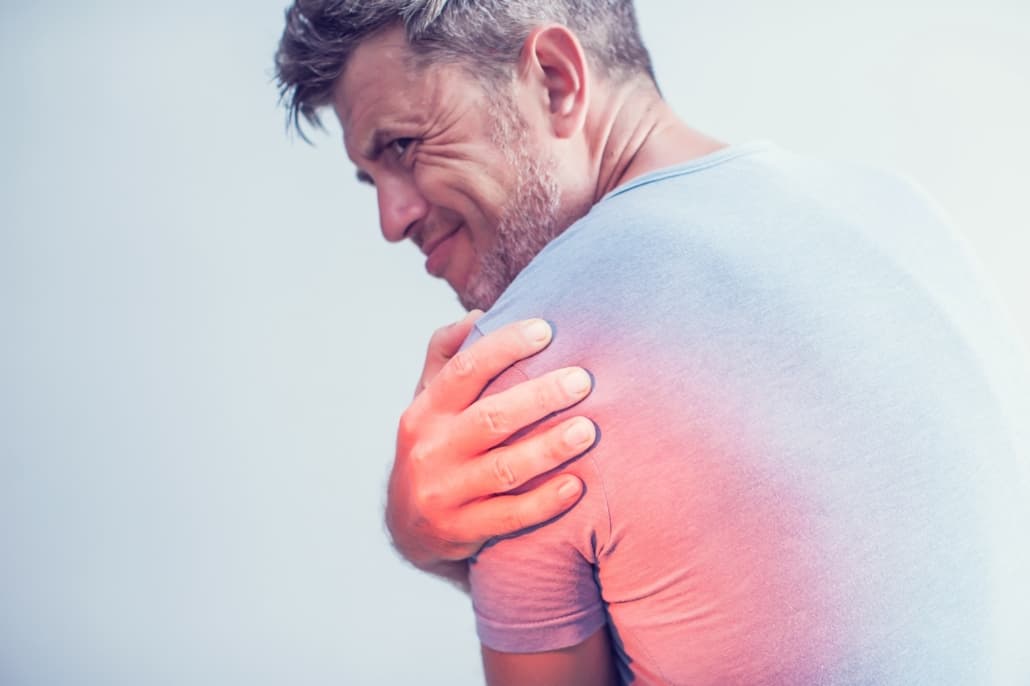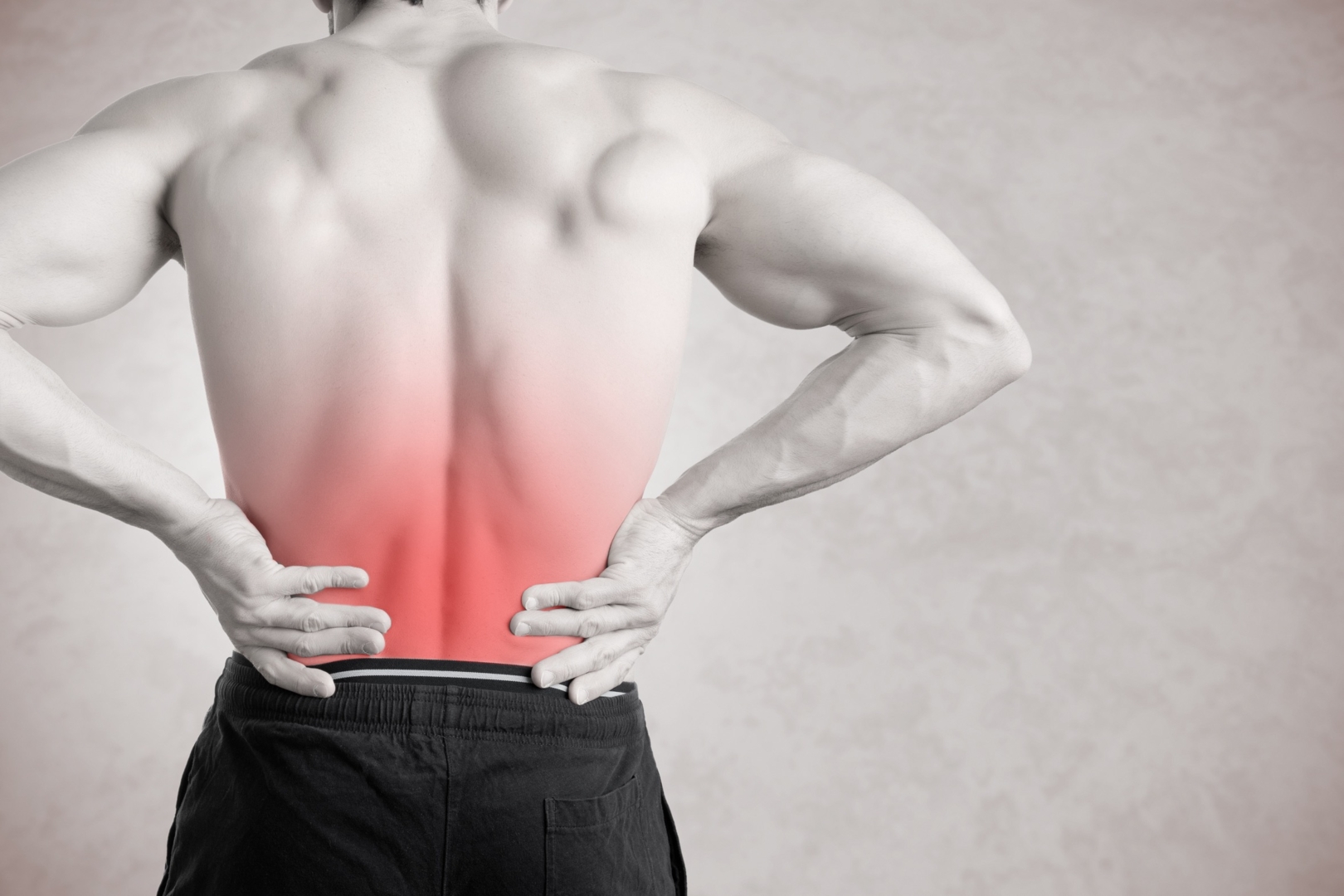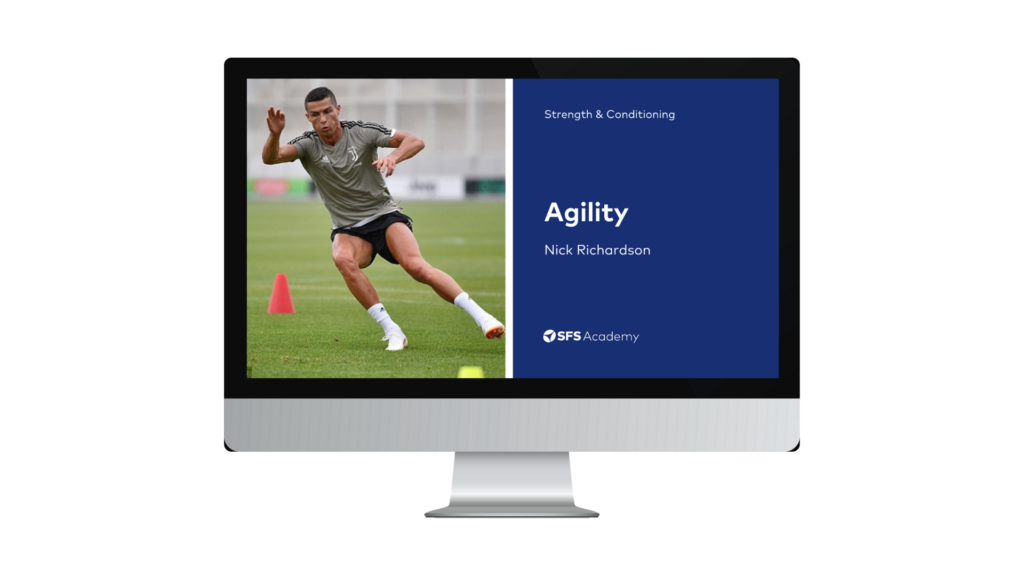What is DOMS (delayed onset muscle soreness) and how can it be minimised?
DOMS is the soreness we get in our muscles caused by micro-traumas, and the chemical processes associated with going above and beyond. But is it dangerous, and how can you avoid or minimise it?
Delayed onset muscle soreness (DOMS): A brief introduction
We all know the feeling. For me, it’s when I attempt to reintroduce squatting into my program. For a lot of the soccer players I’ve worked with over the years, it was the first day back after their off-season when the grounds are hard and they have to start running again. For you, it might be your first five-a-side soccer session in a while and you have to mark someone who’s a little too quick for you, and you’re running around more than a kid on Christmas morning. I’m talking about muscle soreness. And to get all scientific on you I’m talking delayed onset muscle soreness, or DOMS.
You may have heard the term before, and if not, as I say you’ve almost certainly felt it. As its first initial suggests, typically you don’t feel it during the activity, or even straight after. No. This silent assassin typically strikes while we’re asleep and it’s when we wake up and hobble out of bed the next day that we feel the full effects!
Typically, it presents itself as pretty serious muscle ache localised around an area that you used the previous day, such as the glutes and hamstrings following a squat session. The duration of this soreness can be three or four days even in extreme cases. So, what’s going on here? Are we working too hard, and this is our body’s way of saying that it’s damaged? Or is this a necessary evil to make us stronger and if so, what can we do to reduce its severity and duration? Or shouldn’t we be looking to dampen it at all? That’s a lot of questions. So, let’s find out what’s going on.
For those of us who have ever taken 10 minutes to get down the stairs the day after a tough session, this is for you.

Defining DOMS
As the name suggests, this is a muscular soreness that occurs after a specific event. That event in our case is likely to be a bout of exercise. But physiologically, what’s going on in the muscle, why does it happen and why doesn’t it happen to us every time we train?
Let’s start off with some basic muscle physiology. If we were to look at skeletal muscle under a microscope (as opposed to cardiac or smooth muscle, which aren’t involved in moving our bodies), we would see a chequerboard of cells nicely, neatly arranged. When we move, those cells contract or squeeze together – think about when you flex your biceps muscle. You can see it getting shorter when it contracts – that is the result of those cells contracting. After a period of exercise, that neat, ordered microscope image would look quite different. Now we would see a much messier pattern as the cells have become disrupted and damaged. Here, damaged is the correct word but may sound more serious than we need it to – every time we exercise, ideally we are looking for progressive overload. That is to say that what we’re asking our body to do is ever so slightly beyond our current ability. If we don’t do that when we train, then our body has no reason to adapt and become stronger (in the case of weight training). That’s not to say that every session needs to get harder and harder – rest is still important, and we need to periodise our work on a session-by-session, week-by-week and month-by-month basis.
But back to the microscope. So, after our session we would see that damage, or micro-trauma, as it’s known. And it’s a good thing – it’s bringing da gainz! These micro-traumas aren’t solely responsible for DOMS though – in fact you can have DOMS with no trauma, but generally they do factor into the explanation.
As well as the trauma, another factor that can lead to DOMS is some of the chemical changes in our muscle caused by the exercise bout. We’re not talking about lactic acid here though, which is often accused of being a contributor to DOMS. We won’t go too much further into the science here but we’re talking about an increase in hydrogen ions that occur when we exercise. This metabolic stress plays an important role in our recovery as it leads to inflammation. Inflammation has quite a bad reputation but is also very important in aiding recovery and adaptation. These chemicals and inflammation are picked up by nerve endings that tell our brain that something hurts. Our brain is kind enough to then let us know this! Much like inflammation, DOMS is part of the important cycle of repair and growth and as we’ll discuss later we should consider carefully whether we want to eliminate it or not.
Will any training type lead to DOMS?
To some degree, any training type can elicit DOMS if we do enough of it. Some types of exercise will bring about greater DOMS than others though. Eccentric training is the big culprit here. Eccentric training is where our muscles are lengthening under tension. A good example of this might be if you are at the top of a pull-up position and you lower yourself to the start position as slowly as you can. Here it is still your latissimus dorsi (lats) and biceps taking the majority of the work, but this is being done in a lengthening fashion. Again, think of the shape of your biceps muscle during this effort – it’s becoming longer as you go down but it’s doing a lot of work. This is an eccentric contraction and it’s great at producing micro-trauma and subsequently, DOMS.
To this point, we’ve mainly focused on how resistance training causes DOMS, but that isn’t always the case. You may have also experienced DOMS when you’ve upped your mileage when running or another kind of aerobic activity. This is our clue that really it’s the novelness of an activity, coupled with a relatively high intensity, that causes DOMS rather than specifically its type. In fact, going back to eccentric contractions briefly, when aerobically exercising, you may have experienced bad DOMS from a period of running downhill. This is due to the braking forces going through our legs in each step to stop us gaining too much momentum and cartwheeling off to the bottom.
What to do once you’ve got DOMS
Something I’ve been asked a fair few times is “should I not train again while I have DOMS?”. Keeping in mind we now know this soreness is in part linked to micro-traumas and it is part of a recovery process, then there is certainly logic to this question. Well, DOMS will reduce your ability for the muscle to produce full force, which obviously can lead to reduced abilities when we train. It doesn’t seem to worsen the muscle damage though, so when making your decision to train or not you should consider how important it is that you do so. By this I mean, if you’re a recreational athlete who can take an extra day’s rest before coming back firing on all cylinders, then I would do so. For those who really feel they need to get back to it, or perhaps are into their second (or third!!) day of DOMS, you can do so knowing you won’t be causing further issues.
Is there anything we can do to avoid or reduce DOMS?
Now we have a bit of an understanding as to what is causing DOMS, what are the best ways to avoid it? Well, the easiest way, as you may have guessed, is to ramp up our exercise stimuli more slowly. This allows more time for the body to become familiar with the demands we’re trying to place on it. Sometimes we get a little carried away though, and perhaps remember what we could squat eight weeks ago when we last tried – we might take it down by a little, but likely not enough, and then we’re waddling like Donald and Daffy for a week!
But let’s imagine that we’ve already got this soreness – what can we do? Foam rolling might help, if you can stand the pain of doing it. It’s something you can do yourself and is relatively cheap.
If you are fortunate enough to be able to utilise massage therapy, then there is some positive suggestion that it can help relieve the pain of DOMS. This may be due to increased blood flow to the area rather than by reducing offending metabolites, but the exact mechanism is unclear. The same cannot be said for cryotherapy though, sadly, which pours (ice) cold water on some of the reasoning around cold-water immersion helping reduce muscular inflammation.
On the whole it seems that although there are a few ways of quickening the process, in the case of speeding up the DOMS timeline, time really is a healer. We just have to let our body work through it in the time it requires.
Should we want to speed up recovery from DOMS?
But as I planted the seed earlier, even with these little tips, do we want to get rid of DOMS? For example, despite cold-water immersion being unlikely to reduce inflammation, many will testify that it makes them feel less sore. But if it’s part of recovery and adaptation, surely that soreness is a good thing, or at least a necessary evil? Well, really that depends why we are training and why we might want to get rid of it. If this is our first session of pre-season and we’re looking to adapt and get fitter for what’s to come, then it stands to reason that perhaps we just need to suck it up and get through it. If we have DOMS from our Olympic 100m quarter-final and we have a semi-final and hopefully final tomorrow, then we probably want to try our best to dampen it down!! Here though we must remember that we are far more likely to experience DOMS when we are unaccustomed to the training stimuli. If you’ve made it to an Olympic quarter-final then I’d hope you’ve got enough work in the tank not to cause DOMS in the first place, but you get the idea!
It’s also important to keep in mind that having DOMS is not the marker of a successful session. In fact, as you get more in the swing of your training you’ll probably experience it less and less. And that’s a good thing. Although DOMS isn’t to be feared, it is relatively painful and it can impact your ability to train, which can lead to reduced motivation. So, get past it, plan your training accordingly and enjoy.
Take home points
So, there you have it. If you didn’t know the name, you had likely experienced the muscular pain following an increase in training load, especially if it was your first effort for a while. DOMS is the soreness we get in our muscles caused by micro-traumas, and the chemical processes associated with going above and beyond a little too over-zealously. It’ll pass, it isn’t dangerous and if you’re really desperate you can actually still do some training while you have it, though lowering the intensity in the form of a recovery-type session is probably your best bet.
Self-massage such as foam rolling or seeing a massage therapist is likely to make it feel a little bit better, but you can be safe in the knowledge that it’ll pass. It’s all about building things up, and in time you’ll be doing way more than you were able to before, and all without a duck waddle in sight!
[optin-monster slug=”nhpxak0baeqvjdeila6a”]




